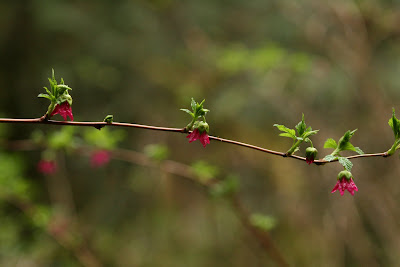Fireweed (Epilobium angustifolium) is a good example of a mid-to late summer bloom that runs from noticeable to extravagant shows of blooming color. Fireweed is adapted to grow in locations that have been disturbed. Locally these changes come by way of harvest or development, although landslides and fires could fit into that category too. Fireweed drops its seed in the late summer where it is viable for many years. Once the competition grows up around it and starts to impede on the direct sunlight it needs, it begins to recede from the local plant community.
Fireweed grows all over the world and cultures have used it in variety of different ways. Native Americans used the young shoots as part of a salad. They were also able to cook the roots after scraping the exterior. In Russia, a tea made from the leaves of Fireweed known as “Kapor” was exported to other locations throughout the world. In Alaska, the plant is used in candles, syrups, jelly, ales and even ice cream by native populations and savants. Fireweed also produces a distinctive and highly sought-after honey.
The colorful displays of Fireweed along Western Washington’s roads mean more than just a display of late summer blooms. The showy plants have meant a lot more then color and beauty to centuries of civilations.























